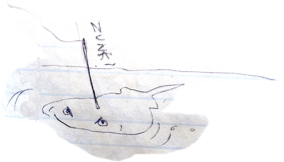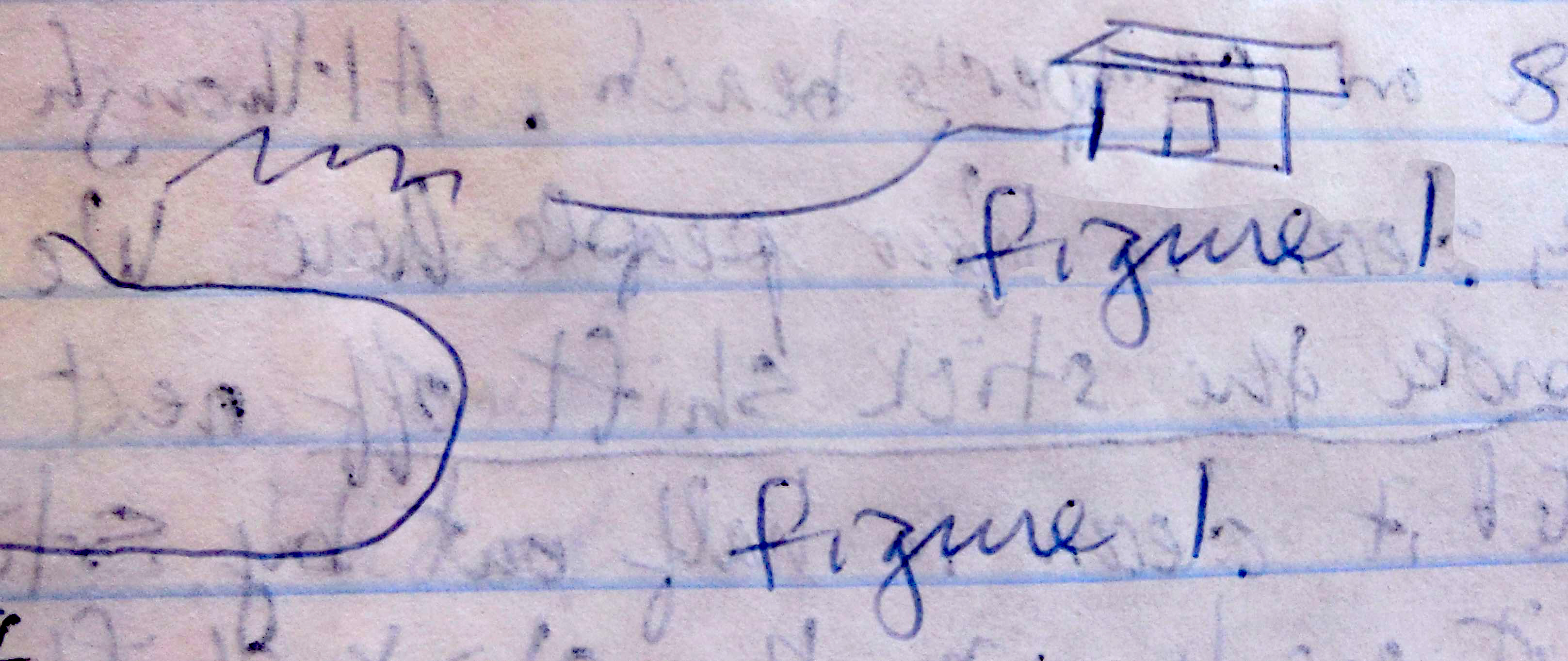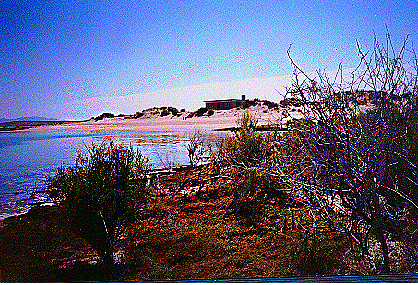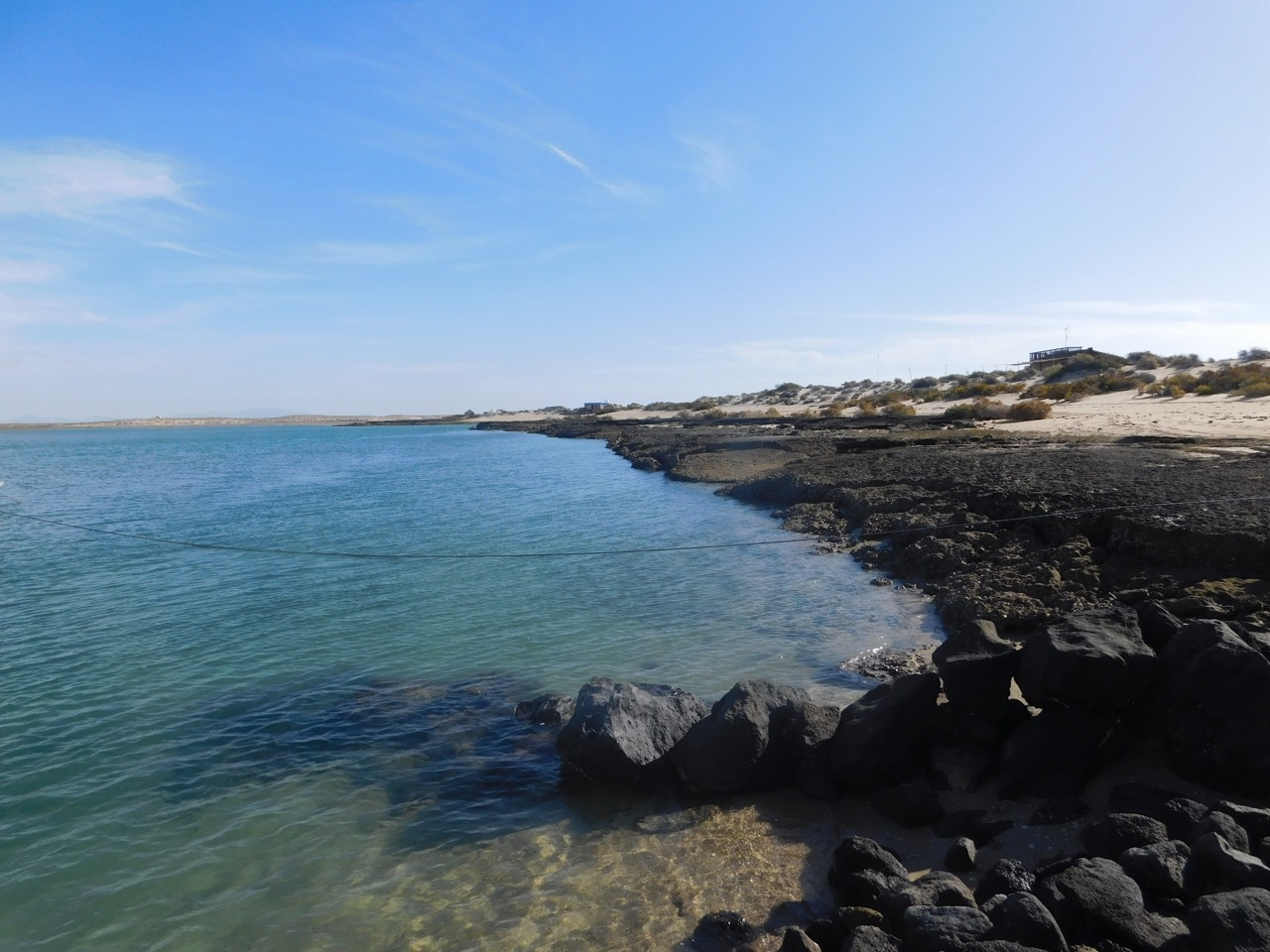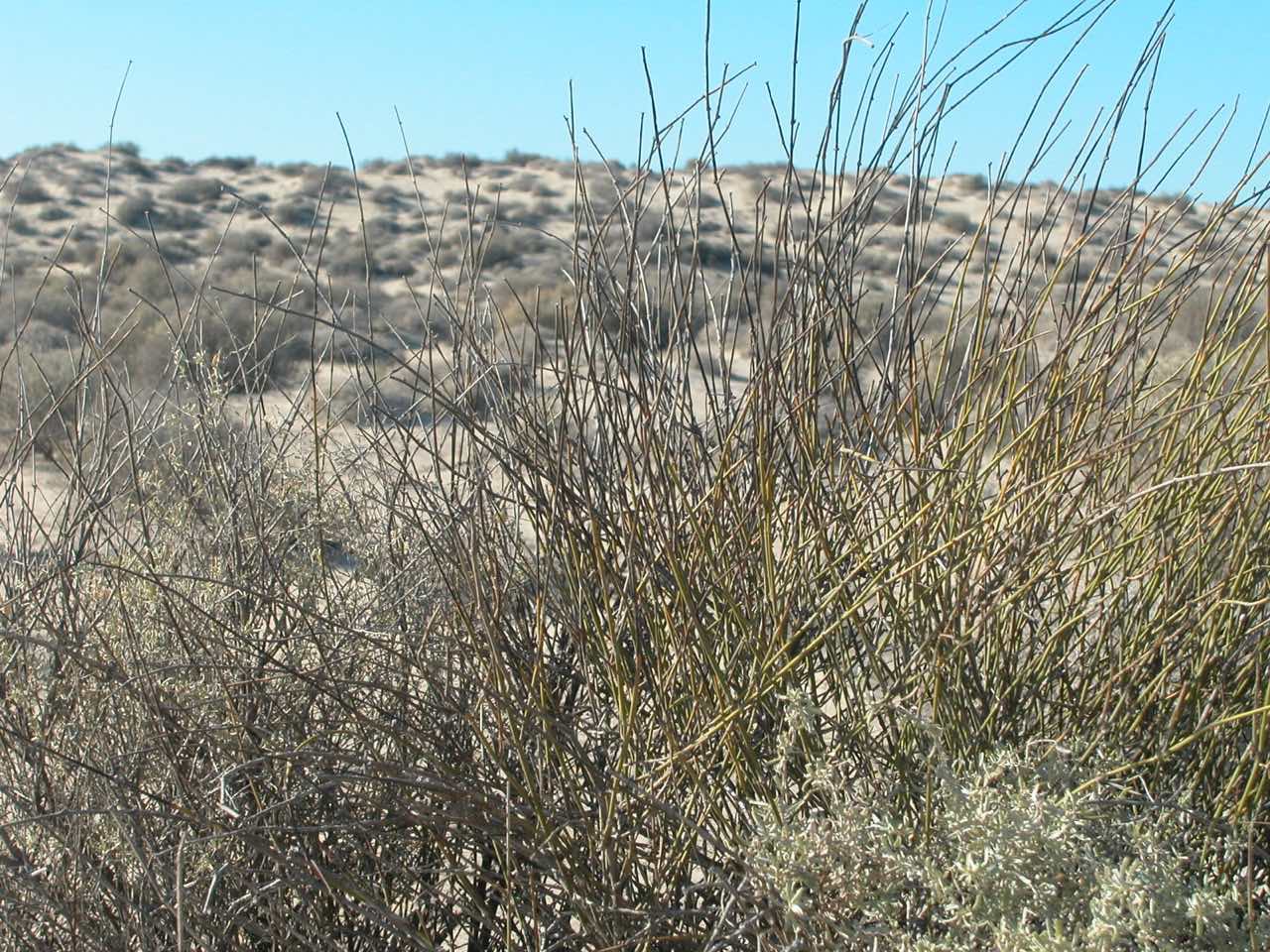STINGRAY BAY
PLACES
ESTERO MORUA PHOTOS
ESTERO MORUA HOME
SEARCH SITE
BY TOPIC
Stingray zunk.png
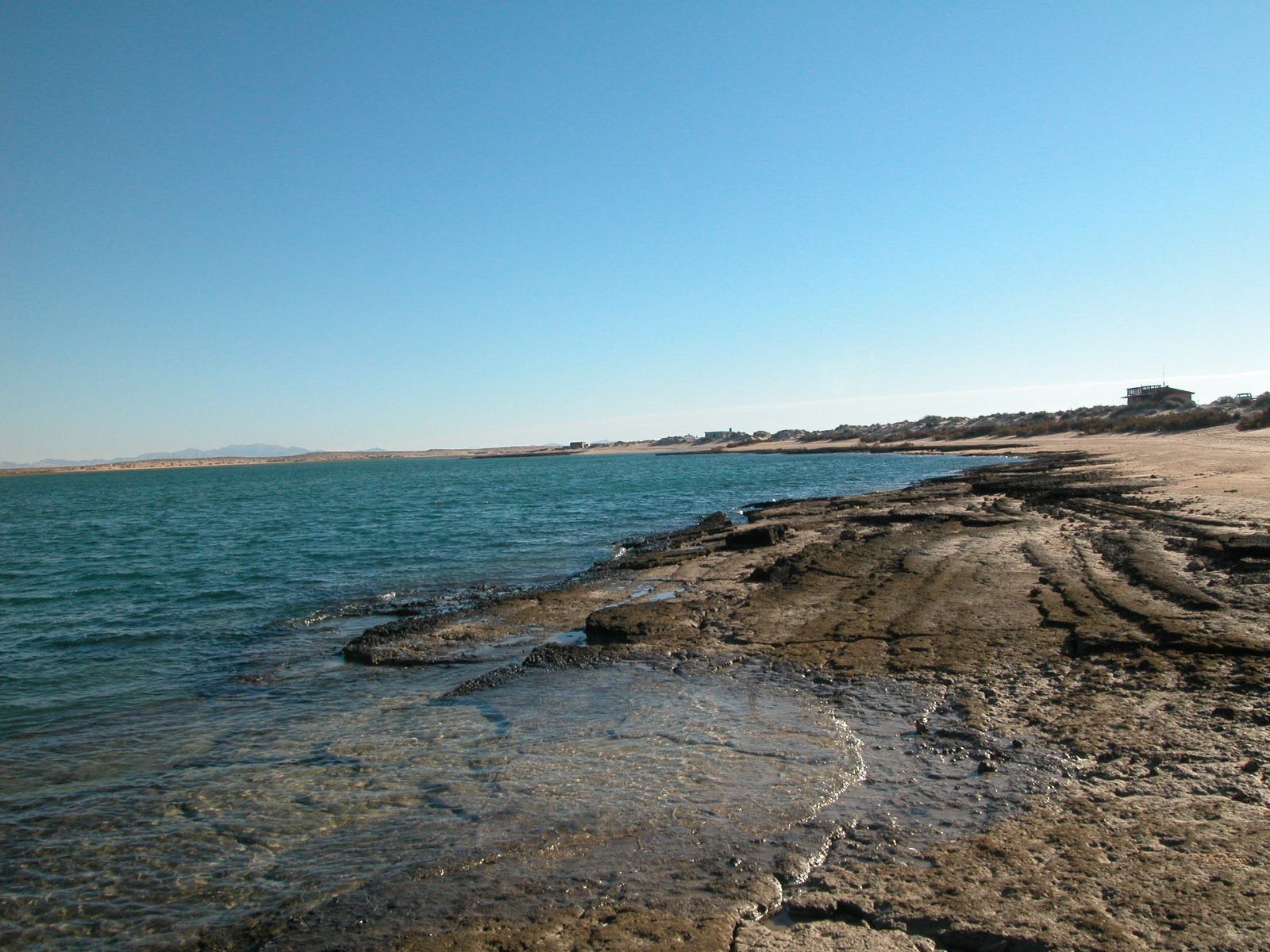
ESTERO MORUA STINGRAY BAY1.jpg
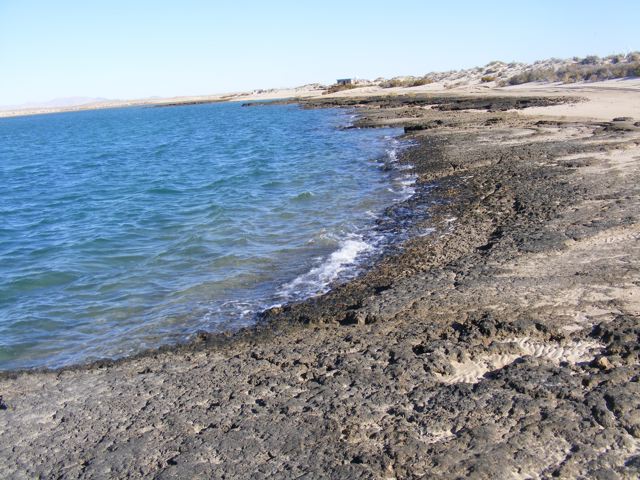
stingraybayB.jpg
Another Shot of Mexico. This is a little sandy bay we have always called "Sting Ray Bay." The lone house on it is never occupied. There is a crescent of white sand in front of the house. No other houses are anywhere near it. There are few people in this area.
Stingray Bay Figure 1b.jpgNovember 22-25, 1990 Thursday, Friday, Saturday, Sunday
It was Thanksgiving Day. I got up a five in the morning and got ready to go to Mexico. Jan came by, and we packed the car and stuff. Larry and Nancy came by and we waited for Steve and Sherry, who came twenty minutes late. Finally, we left at 7:00.
I had to take Noodles. I left a lot of grain and water for the pigeons. We stopped at Vasquez Liquors and bought some rum.
Steve stopped in town (Puerto Peñasco) for something and Jan and I continued with Larry and Nancy following. I missed the turn-off and asked directions near Perryville. The Mexicans told me exactly where I was and told me to turn right at the cement mixer. I got to the beach house easily.
We sang some songs until nine o’clock. Then we went to bed. In the morning Larry and Nancy and Noodles and I went to Stingray Bay and looked at pelicans and ospreys diving in the water. Dad followed us and threw a dead Merganser in the water. I took some pictures of the midden heaps and of a creosote bush that Dad needed as an illustration for his book. A dog, a little one, which I had fed earlier was waiting for us at Ruben’s house there. It had snapped at me as I fed it earlier after thanksgiving dinner. I ran it off before. Now, the little bugger was going for Noodles. I kicked dirt at it and threw some beer, but that did not deter it. I then threw the entire beer in front of it (half a beer, anyway), and it split.
We sat around the fire with the Holmes and I played guitar for them for quite a while. Jordan, who married Holly Holmes, sat around the fire with Steve and me until the late hours. I talked about the delicious dog meat that one could get at Kennel Farms. He would always laugh at my stupid jokes, so I kept talking.
We went fishing, but Steve’s motor conked out right away. Jan caught a flounder at the point. So did Larry. I caught two trigger fish and a pinto bass. Steve caught something, too.
We took the engine back and Jan found that the spark plug was fouled with a single strand of carbon between the spark gap. It ran great afterwards. The next day we took the boat out and the leather jackets started running a bit. We caught eight of them. Jan caught most of them on the cast master that he had bought for that express purpose. I caught quite a few trigger fish. They were schooling under the boat at the rocks nearest the point. Steve left the boat after a while to check on the baby and Jan and I went back out. Then, we saw him and Sherry on shore and let them have the boat. Dad came along with Noodles, so I took Noodles and he went with Steve on the boat. Before he left, he showed me a dead pelican and I also saw a dead porpoise on the beach. Dad caught a trigger fish.
Jan drank too much rum just before we had shrimp dinner. He loved the dinner but had not recollection of it whatever the next day. I remember him commenting on the way the shrimp had been prepared, but he couldn’t remember anything about it the next day.
In the morning Jan and I went and got the porpoise off the beach. I had made a nifty little sled with a flat sheet of plywood through which I bored a half-inch hole. I tied a piece of nylon rope through the hole, and Jan and I pulled the porpoise back to the house. It was only a 150-pound porpoise. I buried it behind the house after I taped its teeth in. The teeth always fall right out when the animal rots. I also cut off the dead pelican’s head and filled its mouth pouch with sand until it bulged mightily. Then, I propped its mouth open with a stick. We became friends. I put the whole mess under an orange crate and topped it with a sheet of wood to keep out the rain and a big cinder block on top to keep the wind from knocking everything over. It’ll dry and when I dump out the sand, I’ll have a colossal display of a pelican with distended jowls.
